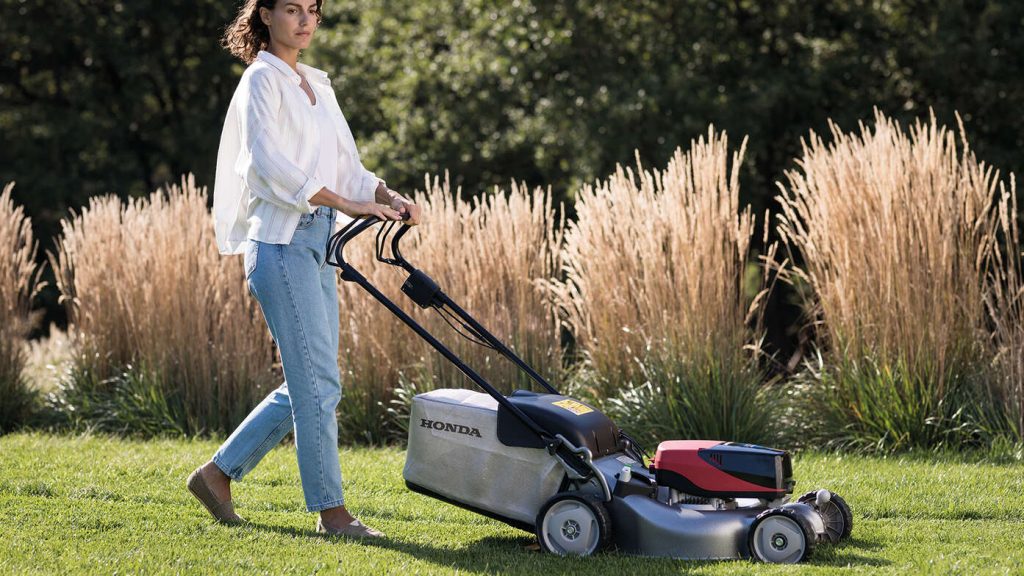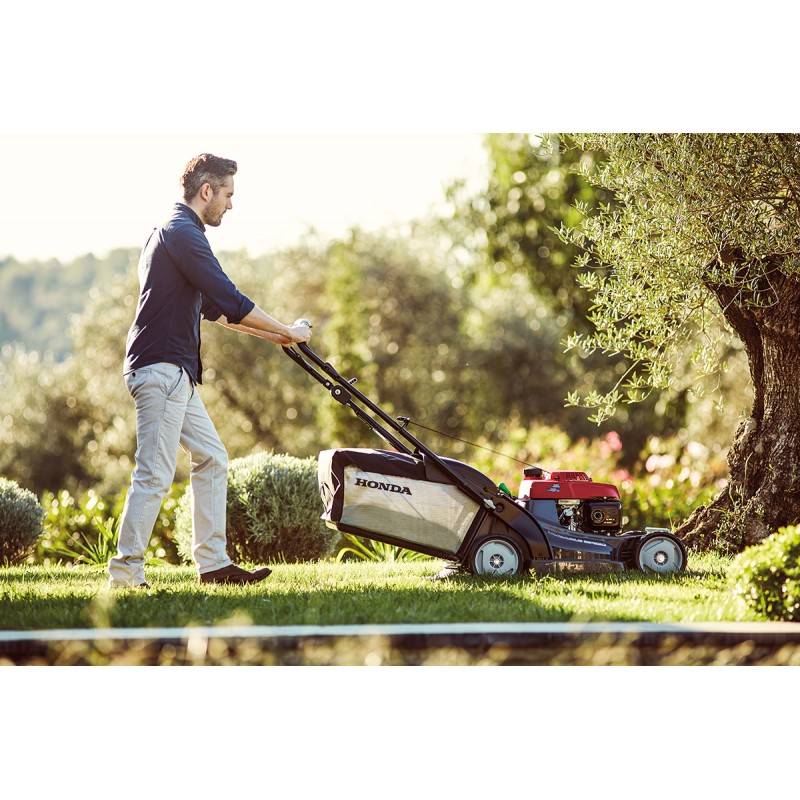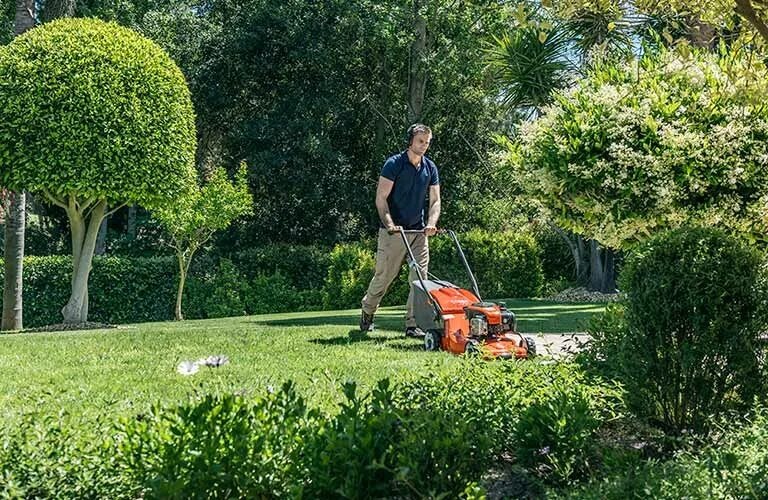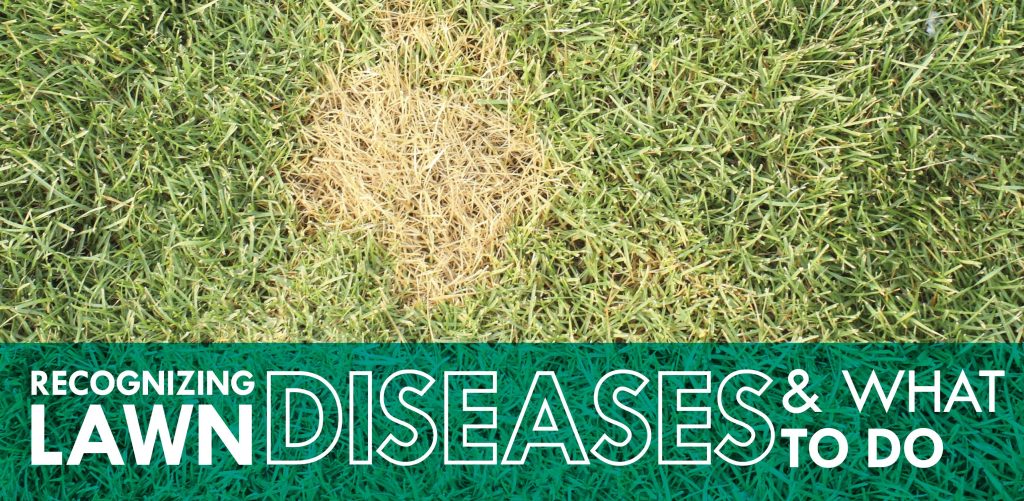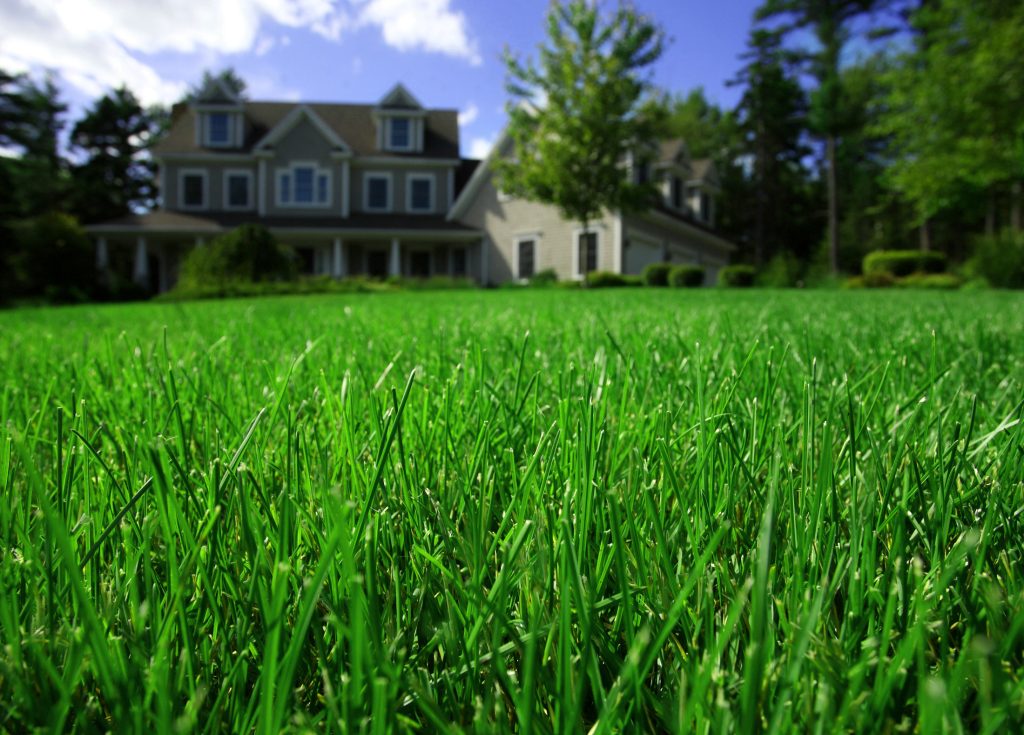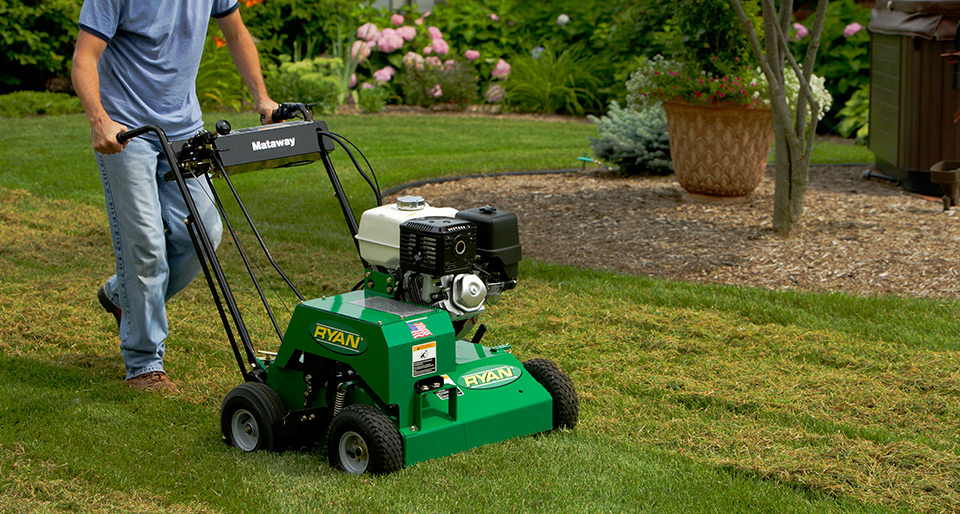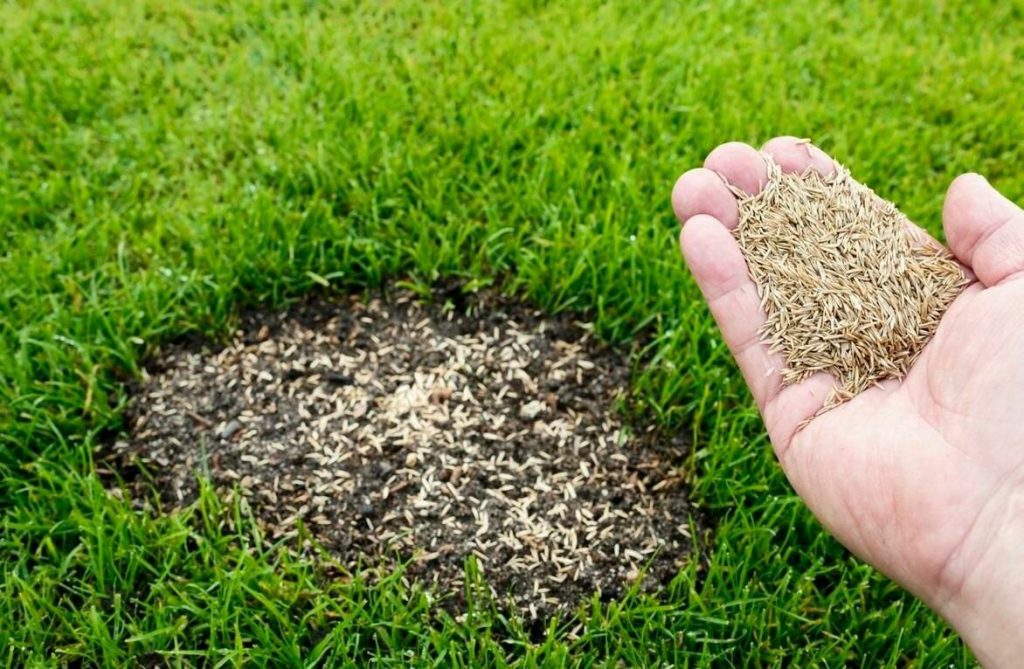If you’ve ever brushed against poison ivy and suffered the itchy consequences, you know how important it is to keep this invasive plant far from your home and yard. Poison ivy is a common nuisance in many regions, including Indiana, where it thrives in shady, moist environments like wooded edges, fence lines, and overgrown gardens. Its appearance can be deceiving, and the rash it causes comes from an oil called urushiol, which is found in every part of the plant from the leaves to the roots.
How to Identify Poison Ivy
The first step in tackling poison ivy is proper identification. A common rhyme that can help is “Leaves of three, let it be.” But there’s more to it than that.
Key Characteristics:
- Leaf Arrangement: Poison ivy usually grows with clusters of three leaflets. The middle leaf is often slightly larger and stands on a longer stem.
- Leaf Shape: The edges may be smooth, notched, or slightly toothed. Leaves are typically glossy and may change color green in spring and summer, red or orange in fall.
- Growth Patterns: Poison ivy can grow as a low shrub, trailing vine, or climbing vine with hairy aerial roots.
- Location: It thrives in shaded areas, along fences, trees, and in untended parts of the yard or garden.
Plants Commonly Confused with Poison Ivy:
- Virginia Creeper: Has five leaflets.
- Boxelder Sapling: Similar leaf arrangement but different bark and growth.
- Raspberry or Blackberry: Usually have thorns, which poison ivy lacks.
When in doubt, avoid contact until you can confirm the identity. Use gloves and long sleeves even while inspecting.
Safe Removal Techniques
Once you’re sure you’re dealing with poison ivy, you can take steps to remove it. Keep in mind that all parts of the plant including the roots contain urushiol, so complete protection is key.
Manual Removal
- Gear Up: Wear gloves, long pants, long sleeves, and eye protection.
- Tools: Use pruners, loppers, or a small shovel. Never rip the plant by hand without gloves.
- Method: Cut vines at the base if they’re climbing trees or fences. For plants in the ground, dig up the entire root system to prevent regrowth.
- Disposal: Never burn poison ivy. The smoke can carry urushiol and cause severe lung irritation. Place removed plants in sealed garbage bags and dispose of them as yard waste according to local guidelines.
Using Poison Ivy Spray
- Select a Targeted Herbicide: Look for a poison ivy spray that includes ingredients like glyphosate or triclopyr, which are effective against tough weeds.
- Application Tips:
- Spray directly onto leaves, ideally during dry weather when no rain is expected for 24 hours.
- Use early in the growing season for best results.
- Avoid spraying on windy days to prevent drifting onto desirable plants.
- Wear protective gear while applying.
Spray-based treatment may take a week or two to show visible effects. In severe infestations, a follow-up application might be necessary.
Preventing Regrowth
Killing existing plants is only half the battle poison ivy can return if you don’t take preventative measures.
Ongoing Monitoring
- Inspect your property regularly, especially during spring and early summer.
- Remove young shoots before they develop strong root systems.
- Watch areas that previously had infestations closely.
Mulching and Soil Treatment
- Mulch deeply in areas where poison ivy was removed. This helps suppress regrowth and discourage new shoots.
- Improve drainage in shaded, moist areas to make them less hospitable to poison ivy.
- Maintain a thick, healthy lawn and garden plants to minimize open soil space for poison ivy to take root.
Professional Help
If poison ivy keeps returning or covers a large area, it might be time to call in the pros.
Need help removing poison ivy safely? C&L Lawn Care offers professional removal services. We handle it safely, thoroughly, and responsibly so you can enjoy your outdoor space without worry.
Frequently Asked Questions
Will poison ivy grow back after treatment?
Yes, poison ivy can regrow, especially if the roots weren’t fully removed or the area remains undisturbed. Even after spraying, dormant roots or seeds in the soil can produce new growth, which is why ongoing monitoring is crucial.
Is commercial poison ivy spray safe for pets?
Most commercial sprays can be harmful if ingested or touched before drying. Always follow label instructions and keep pets away from treated areas for at least 24 hours. If safety for pets is a concern, ask about eco-friendly or pet-safe alternatives.
Don’t Let Poison Ivy Take Over Your Yard
Poison ivy may be a hardy and persistent plant, but with the right identification, removal techniques, and prevention strategy, you can win the battle. Whether you tackle it manually or use a poison ivy spray, safety should always come first.
A well-maintained yard not only looks great it keeps your family, pets, and garden healthy and irritation-free. Ready to enjoy your outdoor space again? Let professionals like C&L Lawn Care handle the hard part while you relax in a poison ivy-free zone.
Check out our Lawn Rust Treatment in Indiana


